As a car owner, you need properly working tires for a seamless driving experience; however, your tires could still develop problems despite the introduction of the more advanced tubeless tires.
Tire leakage is one of the most common issues for most drivers because it happens unexpectedly. If your tire has a leak around the rim, how do you fix it? Here’s all you need to know!
Tires leak air around the rim because of punctures, tire bead damage, ripped tires, rim problems, or deteriorating valve systems. To fix the leak, drivers have to remove the tire to reseat the bead and reseal, which can be done at home if you have the appropriate equipment or with the help of a mechanic if the inner-tube tires need fixing.
For more information about what causes the tire to leak around the rim, how to fix and prevent it, and how much it will cost to repair your tires, read on!
Identifying a rim tire leak can be difficult to notice at first if your car has a slow leak; however, if your vehicle has a built-in tire-pressure monitor system or TPMS, you’ll get a low-pressure notification because the leak causes the PSI )pounds per square inch) to decrease.
If your tire is leaking, here are the reasons why this could be happening.
Tire Puncture
Once you run over a sharp object, you could puncture your tire. While most drivers assume that the puncture will cause the tire to go flat immediately, this is not usually the case, and the hole might cause a slow two-to-three PSI leak per week.
In some cases, the sharp object like a nail can remain lodged in the tire, which prevents the air from leaking out quickly.
Whether it’s a minor damage or not, you shouldn’t ignore the leak as this may lead to extensive tears and tire damage.
According to The Inflator, approximately seven tire punctures occur every second in the U.S. alone; therefore, this is the first thing you should check for when there’s a leak.
Valve Stem Damage
Valve stems are critical parts of the tire system, and they come in different forms and sizes depending on the tire.
These stems are the tiny protrusions on your tire that you unscrew during inflation; therefore, they need to be in good shape, without any damages or dirt-clogged.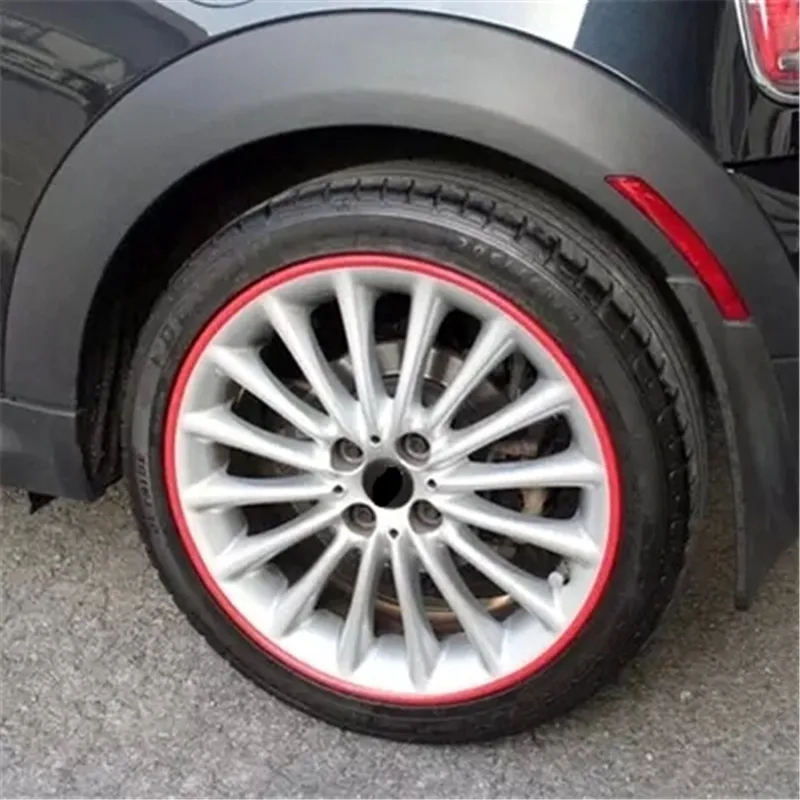
Additionally, when valve stems get exposed to elements over time, they become worn out or corroded, which can cause the air to leak around the rim.
Bead Leak
Tire leaks can also result from bead damage, where the tire seals itself to the rim.
To know whether the bead is the problem, you’ll need to determine how old the tire is because if your tire has dry rot or is older, it may no longer seal properly and have reduced elasticity.
Additionally, beads also get damaged because of a corroded rim or when the tire is mounted or removed using a tire lube.
Your entire wheel gets this type of damage if you regularly hit potholes or bumps at high speed, deforming the wheel’s metal surface, which may cause the tire to pull away.
Keep in mind that if the bead is damaged and you can’t seal the tire to the rim, you have to replace the tire.
Rim Issues
If you are using aluminum or magnesium alloy wheels, your wheels are more susceptible to corrosion, which affects the part where the rim meets the tire bead.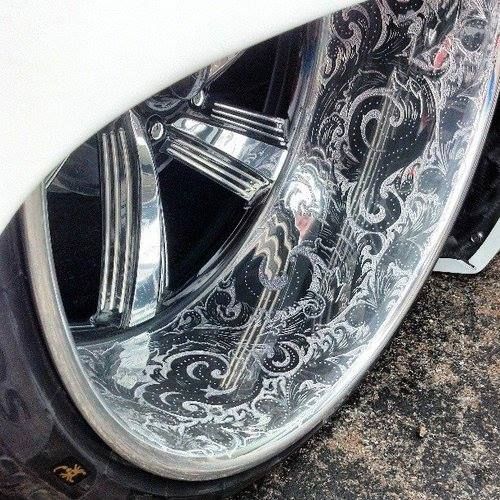
Rim damage can be caused by several causes, especially if you are constantly driving on bad roads with many potholes.
Before installing new tires, ensure your technician checks the bead seal and wheel correctly to confirm that the rims are not corroded.
Furthermore, check for wheel porosity that causes air to leak from the rim due to corrosion, incorrect wheel weights, or poor casting. To fix the leaking issue, avoid injecting a tire sealant and fix the rim first.
Once you discover that your tire is leaking air around the rim, what next? Here are some steps to guide you.
1. Remove The Tire
To identify the cause of the leak, you’ll need to remove the tire and place it on a flat surface with the valve stems facing up.
2. Fill The Tire And Rim With Soapy Water
Add soapy water to your tire; around the outer edge of the rim, the area of the leak will be identifiable through bubbles from the leaking air.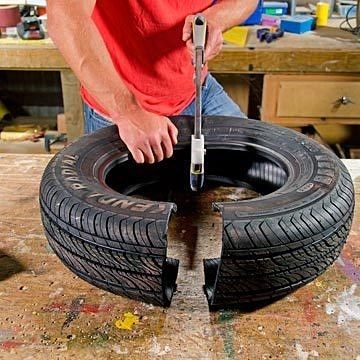 Mark the area and move to the next step.
Mark the area and move to the next step.
3. Release Air From The Valve Stem
After you’ve marked the area, empty the air from your tire by pressing inward on the valve system using the valve removing kit in your car or unscrewing it from the stem.
4. Separate The Tire and Rim
Since the tire and the rim are attached with a seal, you’ll need something heavy like a wood board to separate them.
Use a hammer to hit the wooden plank until the tire’s bead breaks free from the rim.
5. Clean The Tire and Repair
Once the two parts separate, you can stop the leak around the rim by cleaning the tire’s edges with a cloth to remove loose debris and dirt.
After the cleaning is done, you can add some repairing solution to the leakage and start filling the air.
Once you fill the tire with the desired air pressure, you can check again for any leakages using the same process with soapy water.
Fixing a tire rim leak can be expensive or affordable, depending on the leak’s cause and where you get the service done.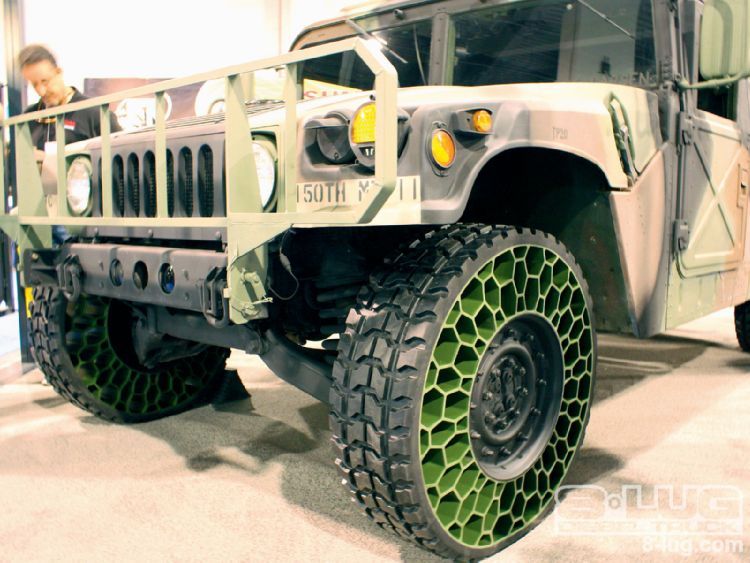
According to customer reviews, if you get the leak repaired at the shop you bought the tire from, you are more likely to get this service for free, but if you go to a different dealer, expect to pay $10-$20.
However, if the leak is because of a damaged rim, you’ll incur more costs which vary greatly depending on the brand.
If you check popular online sites, rims’ prices range from under $25 to $200; therefore, it will cost you more to repair the leakage if you have to replace the rim or entire tire.
To avoid this tire leak, there are some preventive measures that you can take.
Regular Maintenance
As mentioned above, tire leakage can result from valve stems or rims that are dirt clogged; therefore, you need to check your tires regularly.
With more accidents connected to tire blowouts and issues, it’s safer to have your tires checked for any potential problems to prevent leaking around the rim.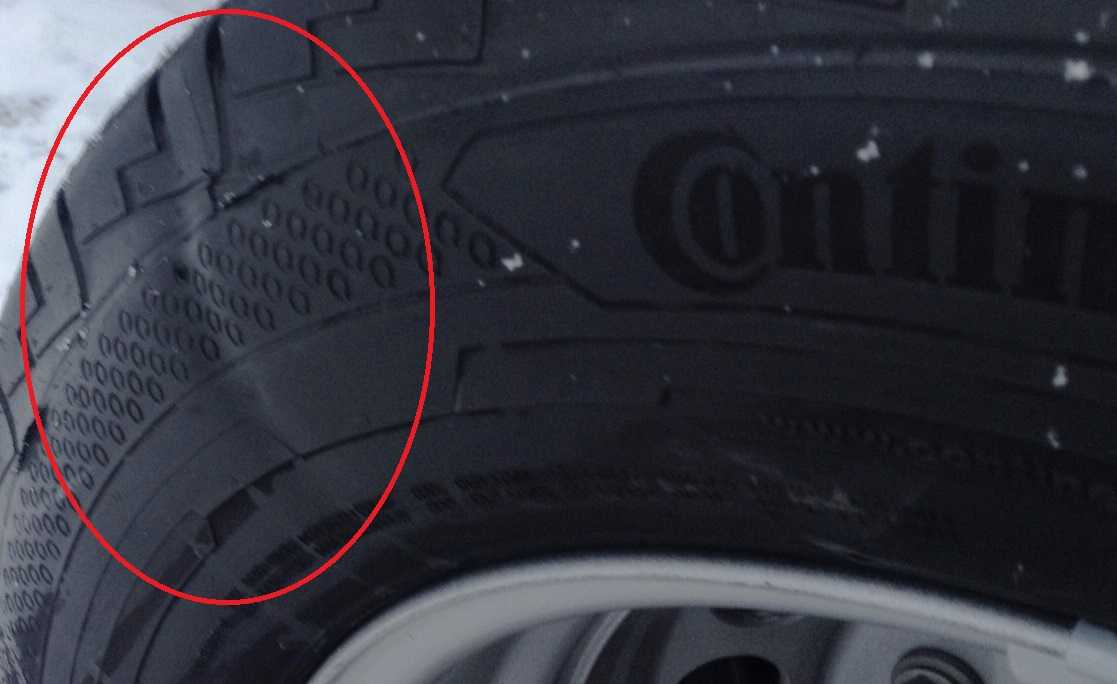
Drive Carefully
We have already established that punctures are the number one cause of tire leakage; therefore, if you can, it’s best to avoid situations that could cause punctures.
To achieve this, you should drive more carefully and at recommended speeds, especially on roads with potholes or speed bumps.
Avoid Overinflating Tires
Overinflating tires doesn’t solve a tire leakage problem. Once you identify that air is leaking around the rim, follow the above steps I shared to fix the issue.
However, if you choose to overinflate, the tires will become unstable, rigid, and lose traction when you are driving.
Use A Professional Mechanic
According to the U.S. Tire Manufacturers Association, drivers should supplement their monthly inspections with regular professional tire care.
The check should include wheel balancing, alignment, and tire inspection to protect your tires from leaking air.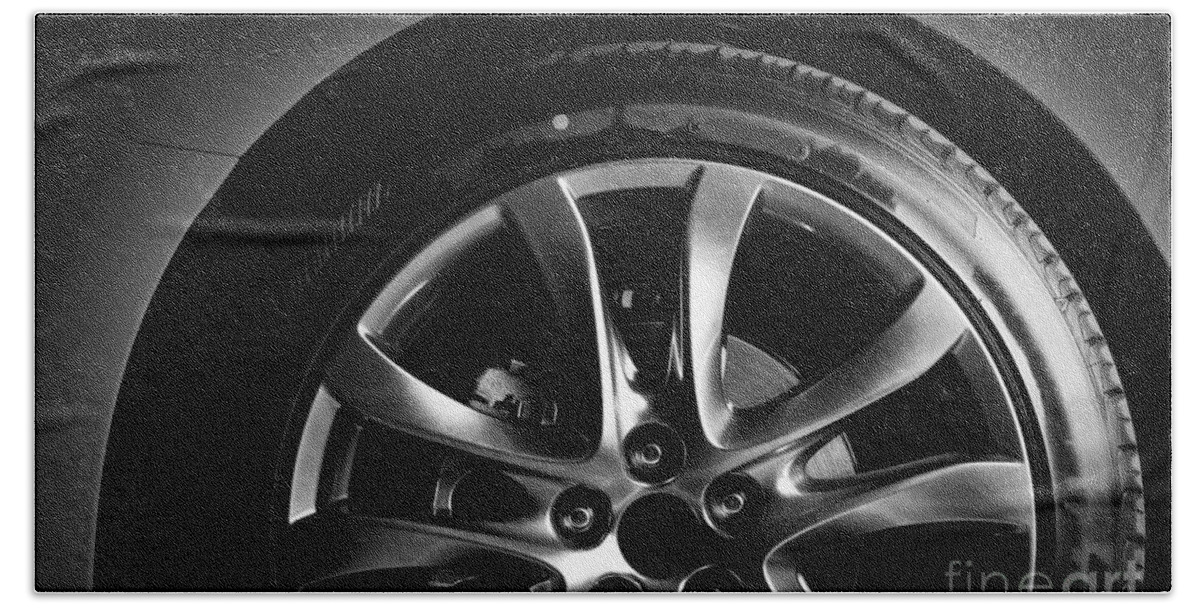
To find out more, you can also read our posts on how common are flat tires, underinflated tires, and how long will tires last with bad alignment.
Tires leak air around the rim for several reasons, but luckily this problem can be fixed and prevented.
While it’s possible to fix a leak at home using the kit from your car, you can also enlist the services of a professional mechanic if you spot extensive damage.
I have shared some simple steps that you can take to fix the leak, especially if you are doing it at home.
To avoid these tire problems, regularly check your tires for air pressure and damages at least once a month, consult professional mechanics, and drive carefully to avoid incurring extra repair costs.
Tires are an essential part in automobiles. There is a lot of advancement in tires from traditional vehicles to modern age. From tube tires to tubeless ones, the manufacturers have strived hard to make our long drives smooth.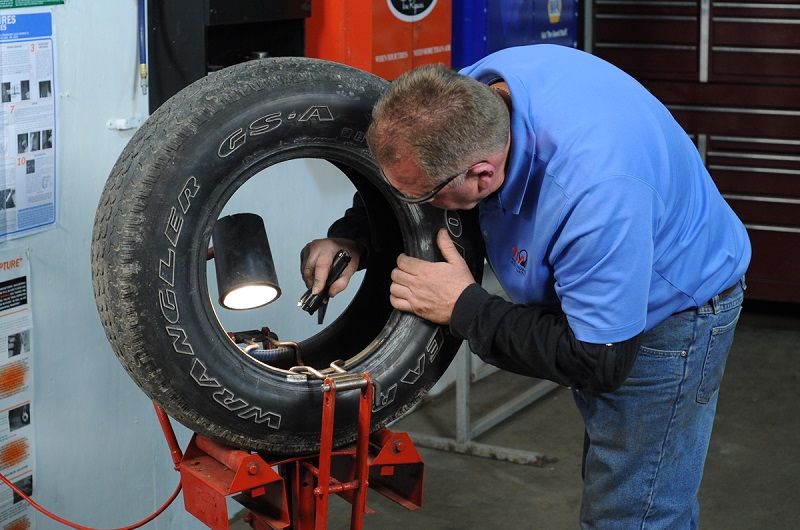 Tubeless tires are the most advanced technology in the market. These tires hold air for longer, and the grip is perfect as well. One of the biggest dilemmas related to tires is leakage. A leaking tire worsens the beautiful journeys in no time. Getting familiar with the fixing process of how to stop a tire from leaking around the rim might assist greatly.
Tubeless tires are the most advanced technology in the market. These tires hold air for longer, and the grip is perfect as well. One of the biggest dilemmas related to tires is leakage. A leaking tire worsens the beautiful journeys in no time. Getting familiar with the fixing process of how to stop a tire from leaking around the rim might assist greatly.
Let us introduce to you “how do you seal a leaking rim” by checking the process of fixing tire bead leak below.
The tire does not work “alone” so you may find that even if the tire is not leaked, the tire is still flatted. So there is a really easy way for you to check if the tire is leaking around the rim or not. Let us show you how to do it!
Get yourself a generic spray bottle. Then make a mix of liquid which includes the dish soap with water, mix well and put it into the bottle. The ratio is 1 soap and 4 water, but you do not need to make it exactly.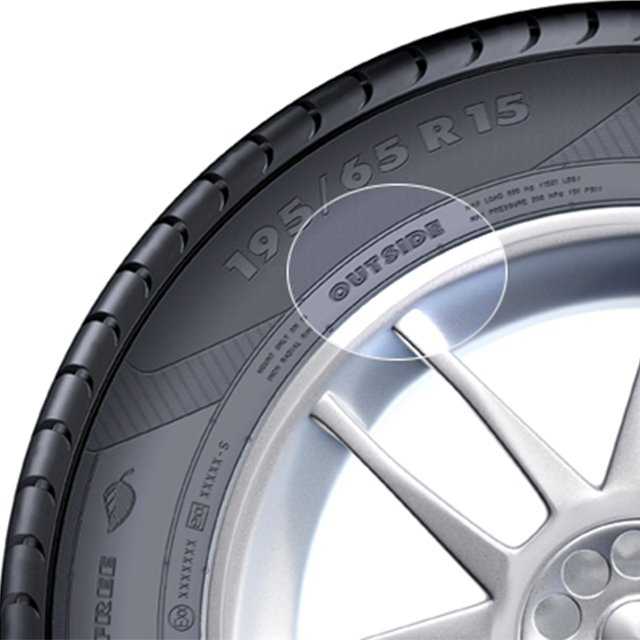 The next step is inflate the tire to the valve caps off and spray solution on the end of the valve as well as so you can see if the valve itself is leaking. If you see the soap bubbles forming anywhere there is a leak. For the small leak, it takes 10-20 minutes to see the change of the tire and the bubbles of the soap.
The next step is inflate the tire to the valve caps off and spray solution on the end of the valve as well as so you can see if the valve itself is leaking. If you see the soap bubbles forming anywhere there is a leak. For the small leak, it takes 10-20 minutes to see the change of the tire and the bubbles of the soap.
This method is easy to check your tire at home and you can do it without experience.
Fixing the leaking tire is not that intricate as it may sound. The changing process is much easier if you have an appropriate equipment kit with you. One might have to visit a mechanic for fixing the inner-tube tires. Fixing tubeless tires is easy with special technique and equipment.
Let’s go through the fixing process of how to stop a tire from leaking around the rim in an automobile.
The first step of how to stop a tire from leaking around the rim is removing the tire and placing it on a flat surface.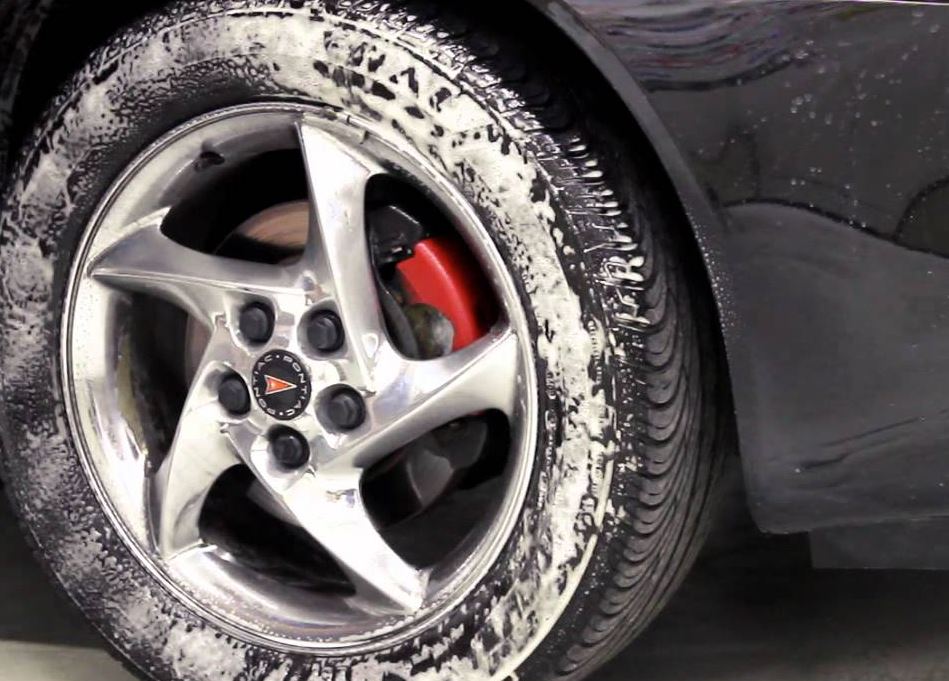 Make sure the air inlet valve is not facing the ground. Examine if there is any leak or hole visible. It will be easier to treat the leakage outside than that of tire leaking around rim seal. Fill the tire and rim attachment with water. The leak area will be identified with bubbles from leaking air. Check both sides of the tire and with simple or soapy water.
Make sure the air inlet valve is not facing the ground. Examine if there is any leak or hole visible. It will be easier to treat the leakage outside than that of tire leaking around rim seal. Fill the tire and rim attachment with water. The leak area will be identified with bubbles from leaking air. Check both sides of the tire and with simple or soapy water.
SEE MORE:
Spot the leakage area on the tire and mark it accordingly. Empty the tire air by pressing the valve inlet with a pin. It is essential to release the air from the tire before treating. There is a valve-removing tool in the car equipment kit as well. Make sure the leaking side of the tire and rim are visible to treat. That’s all you need to do for the second step of how to fix a rim leak.
Procedure to solve problem of tire leaking air around rim Release The Tire-Rim Attachment
Release The Tire-Rim AttachmentTire and rim are attached with a seal. The air inside the tire tightens the seal. You might need something heavy to release the attachment. According to expert’s maintenance tips, a heavy hammer and wooden plank will do the job perfectly. It is essential to remove the tire from the rim if the tire leaking around rim seal is the issue. Hit the plank with the hammer after putting it close to the tire-rim seal.
The final step of how to stop a tire from leaking around the rim is cleaning the edges of the tire with a cloth after releasing the seal. It is easy to press the removed tire with hands and clean it accordingly. Put some repairing solution on the leakage and fill the air again. While the air flows into the tire, make sure to position the tire and rim appropriately. You can check the tire leakage again with water.
>> We have used Japanese cars whose tires are always in perfect condition. Click here!!! <<
Click here!!! <<
Most people who ask how to stop a tire from leaking around the rim wonder how much it costs to fix the leak. If it is the rims, then the wheels have trouble. At the mechanic, the repairman will unmount the tire, clean the rim on the inside, then apply the bead sealer and the unmounted tire. He also changes the valve stem for you. The total cost is around $20 – 30 for one wheel.
The problem is, may shop, instead of fixing the problem from the rim, they write it off as a bad bead or something that they will charge you a lot of money to throw the sealer at the issue. Your car will be fine for one week and the leak will come back to what they were before. Besides, some shops may just grab something around the shop and smooth it out. They try to smooth out the surface where it was leaking then slap on a bunch of bead sealer. So again, the problem is not completely solved.
That’s all about how to stop a tire from leaking around the rim.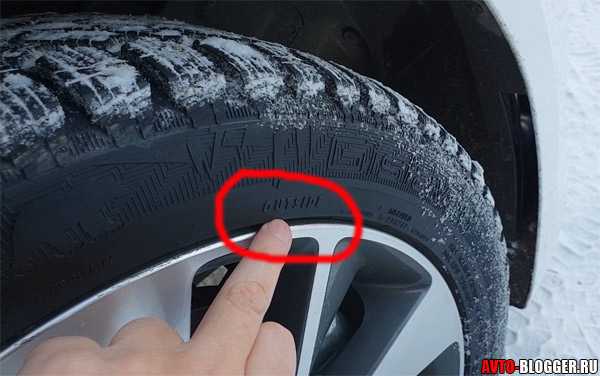 Follow these vital tips and continue your flawless journey on the roads. You can do it yourself at home or if you are not sure that you can do it or not. Bring your car to the trustful garage, tell them that you have a slow leak on the tire and ask them to check the rim. So everything will be on track.
Follow these vital tips and continue your flawless journey on the roads. You can do it yourself at home or if you are not sure that you can do it or not. Bring your car to the trustful garage, tell them that you have a slow leak on the tire and ask them to check the rim. So everything will be on track.
Contents:
A flat tire on a car is always a nuisance, especially if the pressure loss caught the driver not in the garage, but on an empty highway. And it's not always a puncture, because the bleeding of air can occur along the disk. Why the wheel is lowering along the rim and what to do about it, we will analyze in the article. nine0006
This problem is quite common with tubeless tires, where the rubber adheres to the disc due to internal pressure.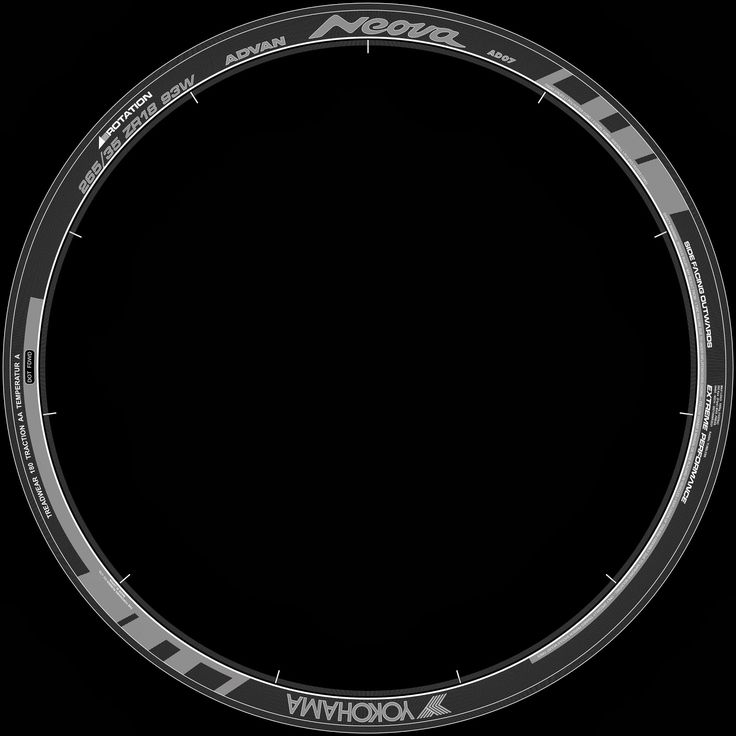 At the junction of the disk and tire, the seal is sometimes broken and air is bled, which ultimately leads to a complete loss of pressure. In chamber tires, the situation is more unambiguous: if the wheel is flat, then look for a puncture.
At the junction of the disk and tire, the seal is sometimes broken and air is bled, which ultimately leads to a complete loss of pressure. In chamber tires, the situation is more unambiguous: if the wheel is flat, then look for a puncture.
Deformation is the main reason. Disc geometry is an extremely important thing for full-fledged work, sometimes even a dent in an insignificant place can be fatal. The car drove into the pit - the disk bent, the tightness of the cord was broken and all the air came out. Low temperatures outside the car, which causes the rubber to harden, is a common cause, especially if tightened with a tire change. Also, due to poor maintenance, improper storage of the prefabricated kit, or constant driving on roads sprinkled with reagents, the disc begins to rust, as a result of which corrosion eats away the metal, forming micro-holes through which air will be gradually etched. Blowing off the wheel can also occur through a faulty nipple. nine0006
In the end, the reason that the wheel is going down is the most banal - the rubber is already old and deformed over time, which means it is physically unable to provide the desired density at the point of contact.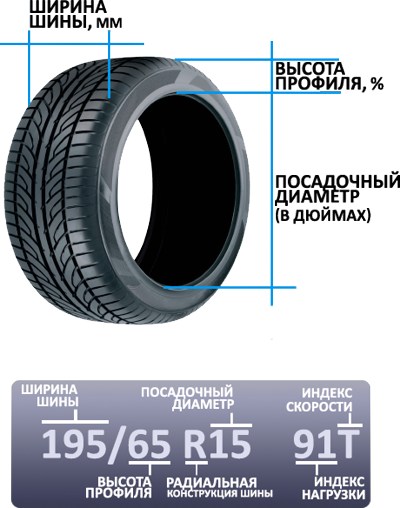 There is nothing to prevaricate here: the tire urgently needs to be replaced.
There is nothing to prevaricate here: the tire urgently needs to be replaced.
It would seem that since such a disaster does not happen with chamber tires, isn’t it better to give preference to them? Maybe in this sense this is true, but in fact, tubeless has more than one advantage. Here they are:
They have no friction between the tube and rubber, which means that the tire heats up less during long rides.
It is lighter and more reliable, since the chamber version can burst at high speed.
It balances better and holds pressure longer after a puncture.
A hole in the tread may not interfere with the ride at all - a stuck nail will simply not allow air to escape. With a chamber tire, this is impossible, it will be blown away pretty quickly. nine0006
Damage to the tread can be urgently repaired with a repair harness. This is quite enough to get to the nearest tire center and change tires.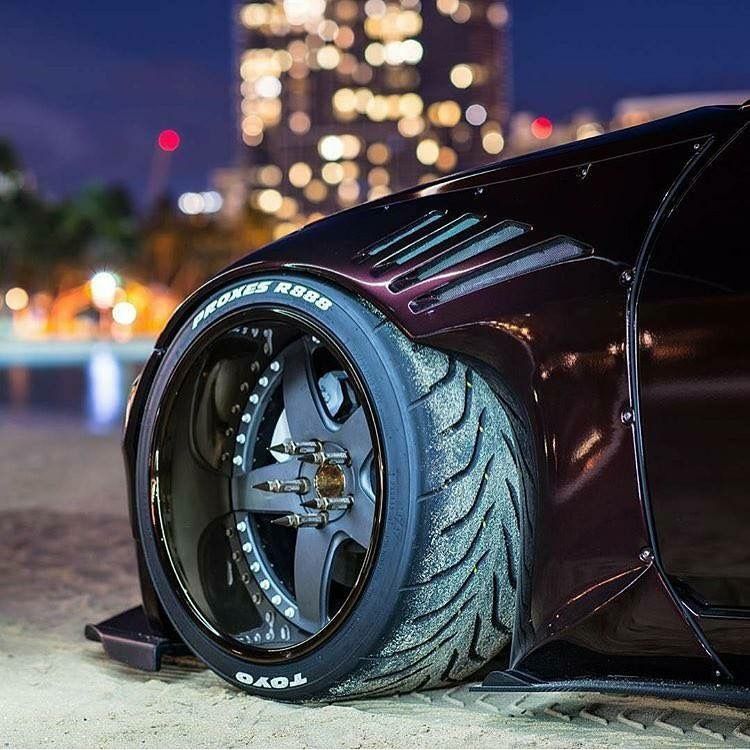
First, make sure that you do not have a puncture in the wheel or that the cause of the trouble is not in the nipple. It is elementary to notice a protruding nail, but it is not always necessary to pull it out immediately and immediately. As we wrote above, a foreign object can simply get stuck in the tread and the air will have nowhere to go. An open puncture is repaired with a tourniquet. nine0006
The valve must be smeared with soapy water or simply slobbered - if there are no bubbles anywhere, then it has nothing to do with it. A defective nipple will have to be replaced with a new one.
If the valve is in order, fully inflate the tire and smear the edges of the cord with soapy water. You can do this with a brush or use a sprayer. Air bubbles will tell you that the source of the trouble is in the detachment of the cord from the disk surface, i.e. in violation of the tightness of the tire seat. Metal edges should also be carefully examined - any cracks and welding defects can be the cause of a pressure drop.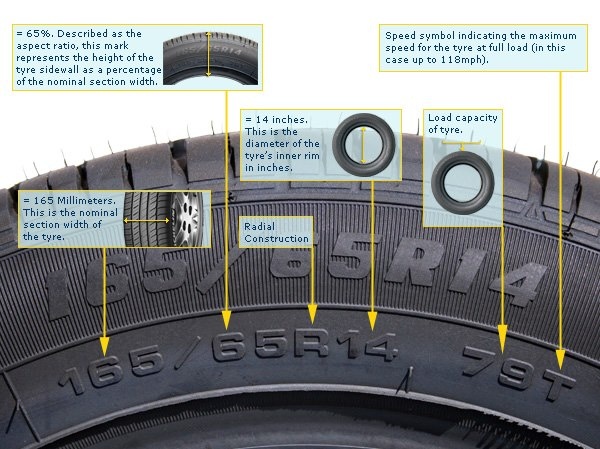 nine0006
nine0006
To eliminate the descent from under the rim, you can do this:
We poison all the air and remove the wheel from the car.
It is best to disassemble it, so it will be much more reliable to fix the problem. In order not to do the balancing again after the procedure, it’s a good idea to mark the position of the nipple with chalk first.
The disk edges will have to be properly sanded with fine sandpaper in places of rust damage and covered with a new layer of paint. nine0006
After the paintwork has dried, we put the tire back on and spread the rubber on the places where the cord touches the disk with a special sealant or mastic. Or you can use the soap solution again, but this time cook it much thicker so that it resembles glue in viscosity. And with the help of a simple brush, we go around the entire circumference of the cord on both sides of the wheel.
We inflate the tire with a compressor, pressing the cord against the disk.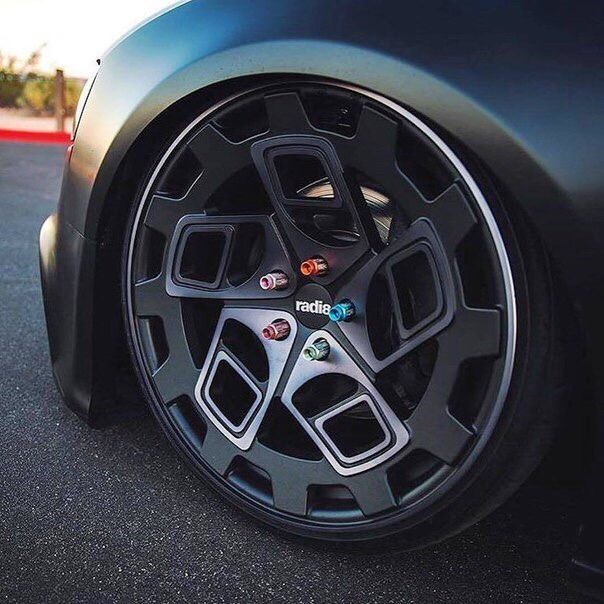 nine0006
nine0006
So we will eliminate the damage and provide a tighter fit on the seat. The sealing compound must penetrate all micropores and prevent new bleeding of air.
If there is absolutely no time to remove the wheel, and trouble overtook you on the road, it is enough to bend the edge of the cord and also smear the rubber with sealant or soap. This is quite enough to reach the garage or car service.
The described methods are suitable if there was no serious deformation and there are no cracks in places near the mounting holes or there is no damage to the tire cord. In the worst case, you can’t do without rolling a disk in a tire fitting or replacing it. If you have an alloy wheel, then you can fix it, but this is an extremely expensive business, comparable to buying a new one. However, even when repairing at a tire center, rolling a casting does not always help, and it may soon crack. It’s better not to even think about repairing the wheels yourself.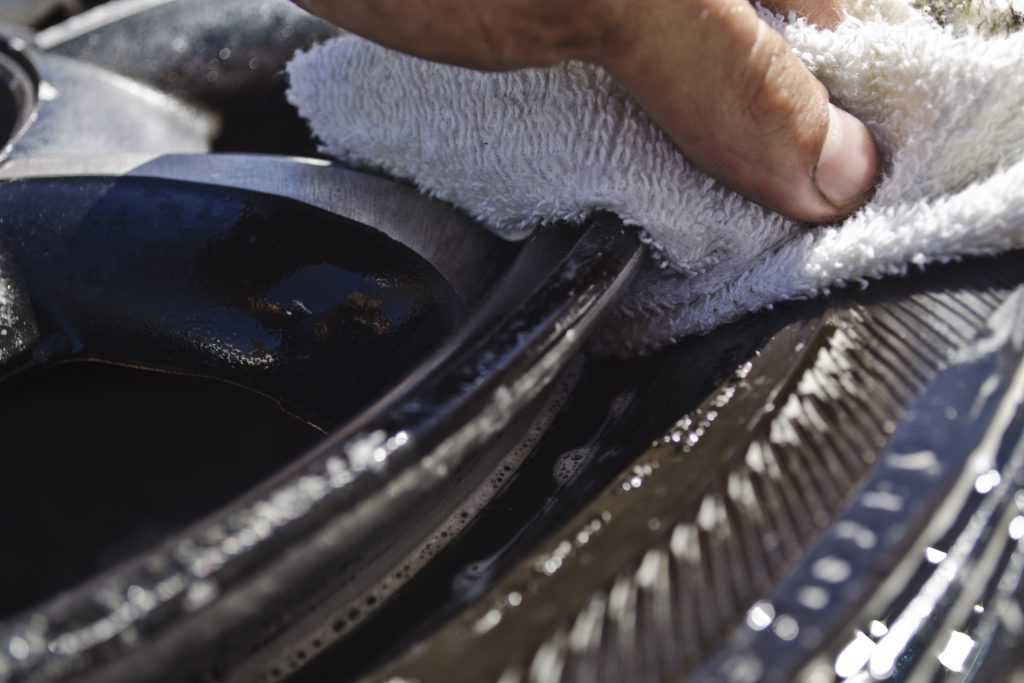 A mistake can be costly. It is often much cheaper to buy one than to repair it. The assortment of the BlackTyres online store includes inexpensive models from Russian and foreign brands. Browse the catalog and choose what you like. If the matter is not only in the disk, but also the rubber fails, spending money on repairing both of them is a waste of time. Now wheel assemblies are extremely popular. One such set will cost you 10% cheaper than a collapsible version. In addition, due to it, you can significantly save on the cost of tire fitting, since mounting and balancing of the complete wheels is not required. nine0006
A mistake can be costly. It is often much cheaper to buy one than to repair it. The assortment of the BlackTyres online store includes inexpensive models from Russian and foreign brands. Browse the catalog and choose what you like. If the matter is not only in the disk, but also the rubber fails, spending money on repairing both of them is a waste of time. Now wheel assemblies are extremely popular. One such set will cost you 10% cheaper than a collapsible version. In addition, due to it, you can significantly save on the cost of tire fitting, since mounting and balancing of the complete wheels is not required. nine0006
In order to effectively eliminate possible damage to car tires (tires) or quickly, by eye, independently assess their condition and the possibility of continuing their further operation, you need to know how they are arranged.
Just using the example of wheels of the 14th diameter with Michelin tires of the Renault Logan car of the first generation, we will understand their device. nine0097
The carcass, that is, the tire itself, consists of several layers of rubberized cord (steel, fabric or fabric-steel). The cord threads stretch from one side of the tire to the other, along the radius (hence the type of tire - radial). parallel to each other.
Tire tread is a thick strip of wear resistant rubber fitted over the tyre. The inner part of this strip is solid, and the outer part has a certain relief - the tread pattern. According to the type of tread pattern, tires are divided into summer, winter, all-season, sports and racing, off-road, designed for the installation of anti-skid studs. nine0006
The Michelin tire of our Renault Logan is pure summer. It has a certain marking that says about it.
A breaker is a cushion cushion layer (belt made of rubber fabric or metal cord) located between the tire carcass and its tread.
The thin layer of rubber on the sides of a tire is called the sidewall. Its thickness is 1.5 - 3 mm. The sidewall performs a bearing function (together with the frame), and also serves to protect the frame from mechanical damage, penetration of dirt, dust and moisture. nine0006
This is the part of the tire that secures it to the wheel rim. The bead consists of a layer of cord wrapped around a wire bead ring and a rubber filler cord.
The beads of the tire prevent stretching and provide rigidity.
Here are basically all the elements of the tire (tire) of the wheel of a car.
Notes and additions
- A tube can be inserted into the inside of the tire, which, at a certain air pressure inside it, creates the necessary rigidity and elasticity of the tire.